GE Profile 5.7 cu. ft. Slide-In Dual Fuel Range with Self-Cleaning Convection Oven in Fingerprint Resistant Stainless Steel
-
( 9 Reviews )Rated 4.89 out of 5 based on 9 customer ratings09
Built on the belief that modern life needs modern solutions. GE Profile Appliances are designed to make daily life simpler by incorporating Smart Home technology and cutting-edge features in every appliance.
-
LG 6.3 cu. ft. Slide-In Gas Range with Probake Convection Oven in Stainless Steel
Rated 5.00 out of 510LG 6.3 cu. ft. Slide-In Gas Range with Probake Convection Oven in Stainless Steel
Rated 5.00 out of 510 -
GE 5.3 cu. ft. Slide-In Gas Range with Steam-Cleaning Oven in Stainless Steel
Rated 4.56 out of 509GE 5.3 cu. ft. Slide-In Gas Range with Steam-Cleaning Oven in Stainless Steel
Rated 4.56 out of 509
Built on the belief that modern life needs modern solutions. GE Profile Appliances are designed to make daily life simpler by incorporating Smart Home technology and cutting-edge features in every appliance. GE Profile’s sleek design and quality engineering will give your kitchen the most up-to-date look and the best innovative performance you’ve been looking for.
- No Preheat Air Fry – with this air fryer right in the oven, you can cook healthier, crispier versions of your favorite foods, there’s no preheat required and it shortens the cook time because every minute counts
- Built-in Wi-Fi – this smart oven features built-in Wi-Fi so you can control oven functions with the SmartHQ app on your smart device
- Fingerprint Resistant Stainless – Easily wipe away smudges and fingerprints for a look that’s always sparkling clean
- Fit Guarantee – this dual fuel range will fit your existing 30 in. cut-out, or GE Appliances will help pay for modifications up to $300, see offer criteria and details
- Edge-to-Edge Cooktop – Continuous, edge-to-edge cooktop give you a large cooking space and can handle any cookware
- Tri-ring burner – A versatile burner offers three different-sized flame rings on a single burner element, so it’s like having three burners in one
- Reversible grill and griddle – this extra-large, reversible griddle and grill combination lets you enjoy the best in cooking versatility
- Dual purpose center burner – this flexible gas cooktop burner lets you choose between round and oval burner shapes
- Backlit glass touch controls – Backlit touch controls give this oven a high-tech look with a display that disappears when not in use and reappears when touched
- Synchronized clocks and lights – Synchronize your oven and GE Appliances over-the-range microwave so that clocks are always matching and lights automatically come on when a burner is activated with Chef Connect
- True Convection with Precise Air – this oven features True Convection, an advanced convection system that uses a third heating element and reversing fan for the highest level of heat and air circulation
- Never-scrub oven racks – these durable oven racks can be left in the oven during the self-clean cycle so you never have to scrub
- Precision temperature probe – An innovative temperature probe that helps you achieve the perfect level of doneness for oven favorites
- Self-clean with steam clean – this self-cleaning oven uses optional steam cleaning for light soils to clean the oven cavity with less heat and odor
- Dual fuel – this range is equipped with Dual Fuel technology, offering a gas cooktop and electric oven with hidden bake for even results and precise temperature control
- Limited 1-year entire appliance warranty
Additional information
| Depth With Door(s) Open 90 Degrees (In.) | 47.5 |
|---|---|
| Oven Interior Depth x Height x Width (in) | 20.625 x 19 x 24 |
| Product Depth x Height x Width (in) | 29.5 x 36.5 x 30 |
| Range Size | 30 in. |
| Certifications and Listings | ADA Compliant,CSA Certified,Star-K,UL Listed |
| Manufacturer Warranty | Limited 1-year entire appliance |
Average Rating
4.89
Rated 4.89 out of 5 based on 9 customer ratings
095 Star
88.89%
4 Star
11.11%
3 Star
0%
2 Star
0%
1 Star
0%
Submit your review Cancel reply

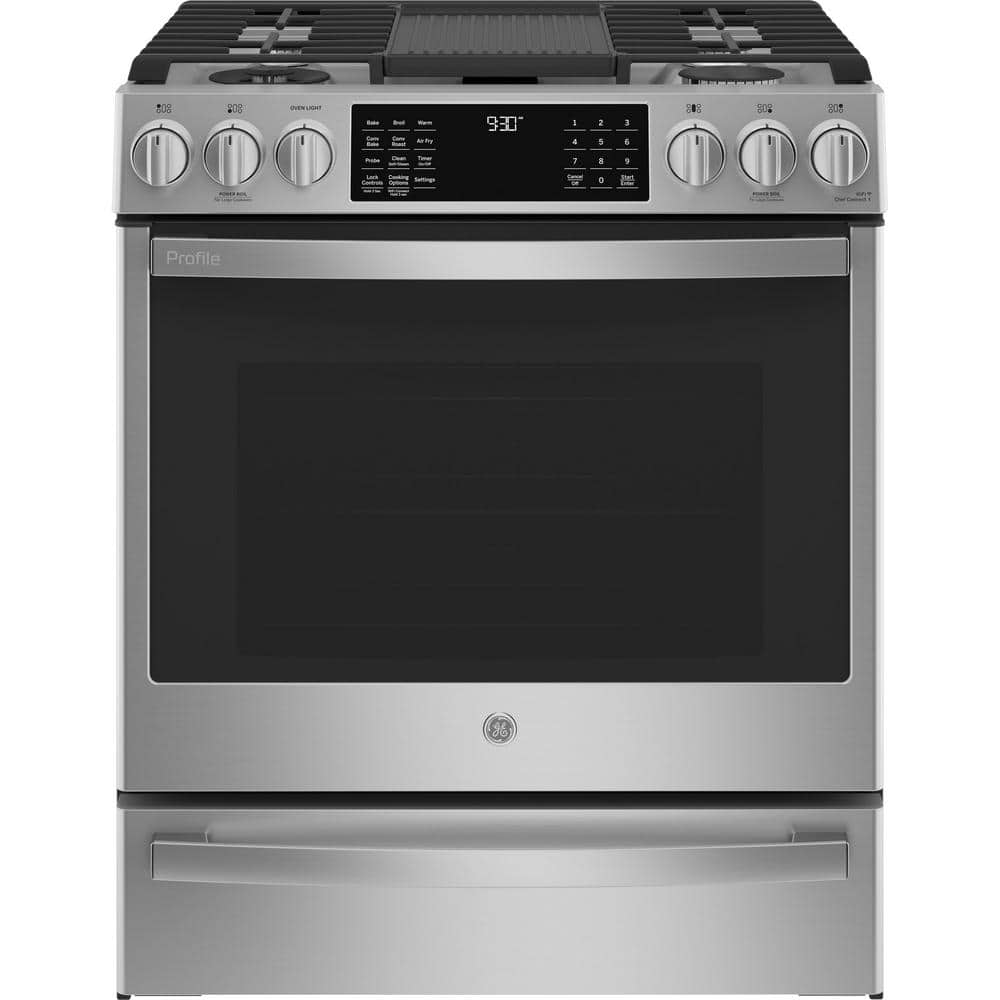
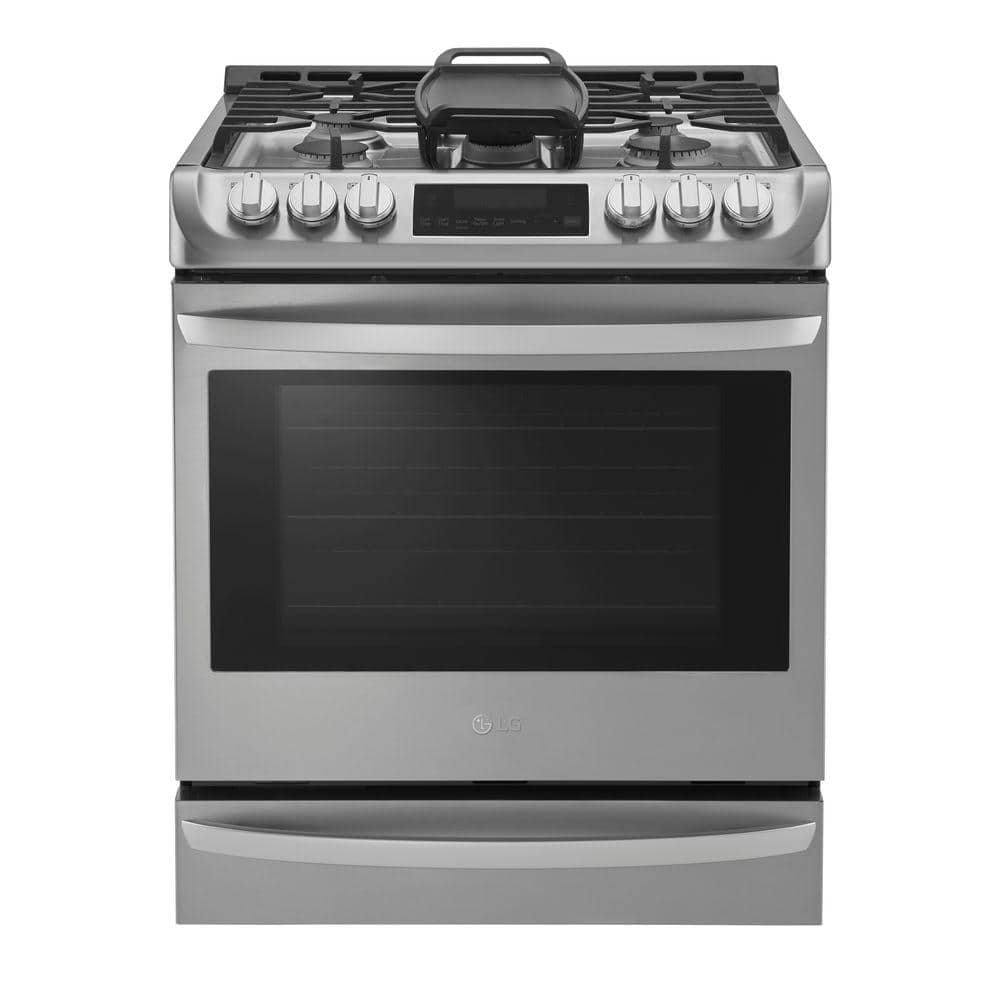
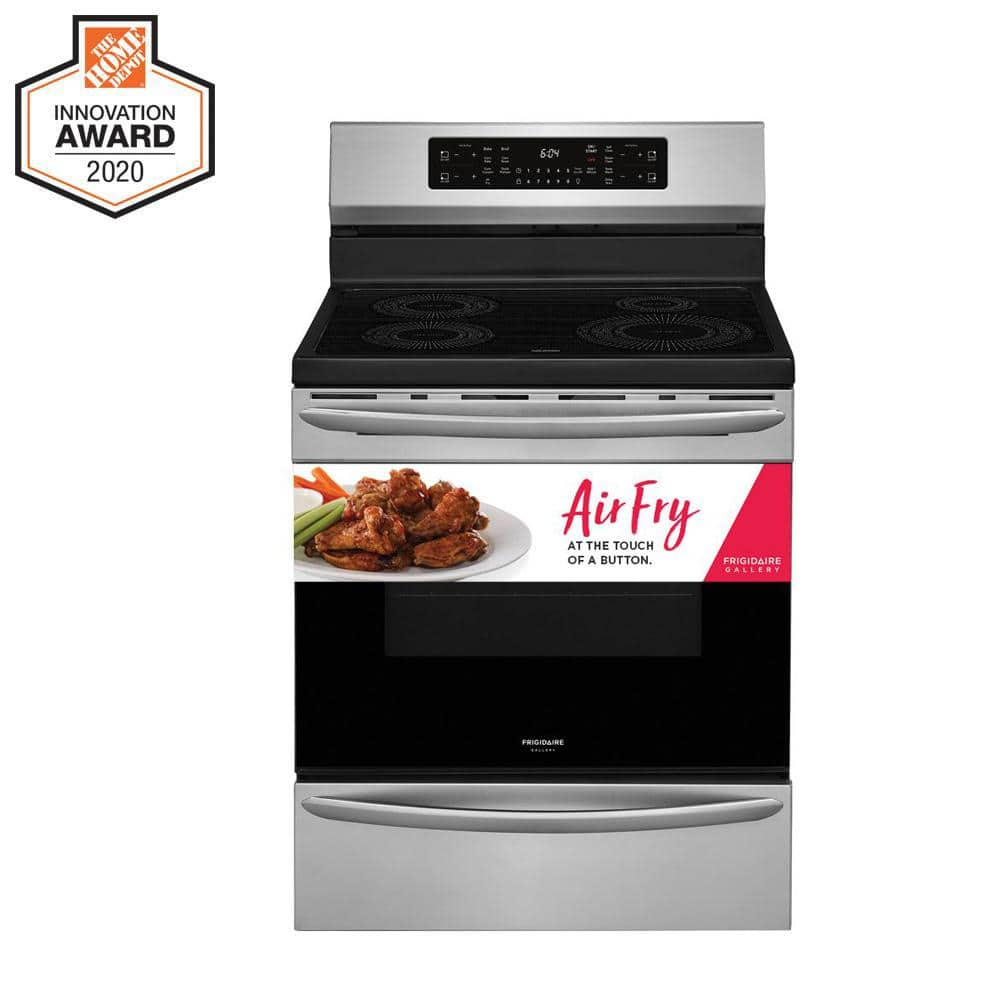
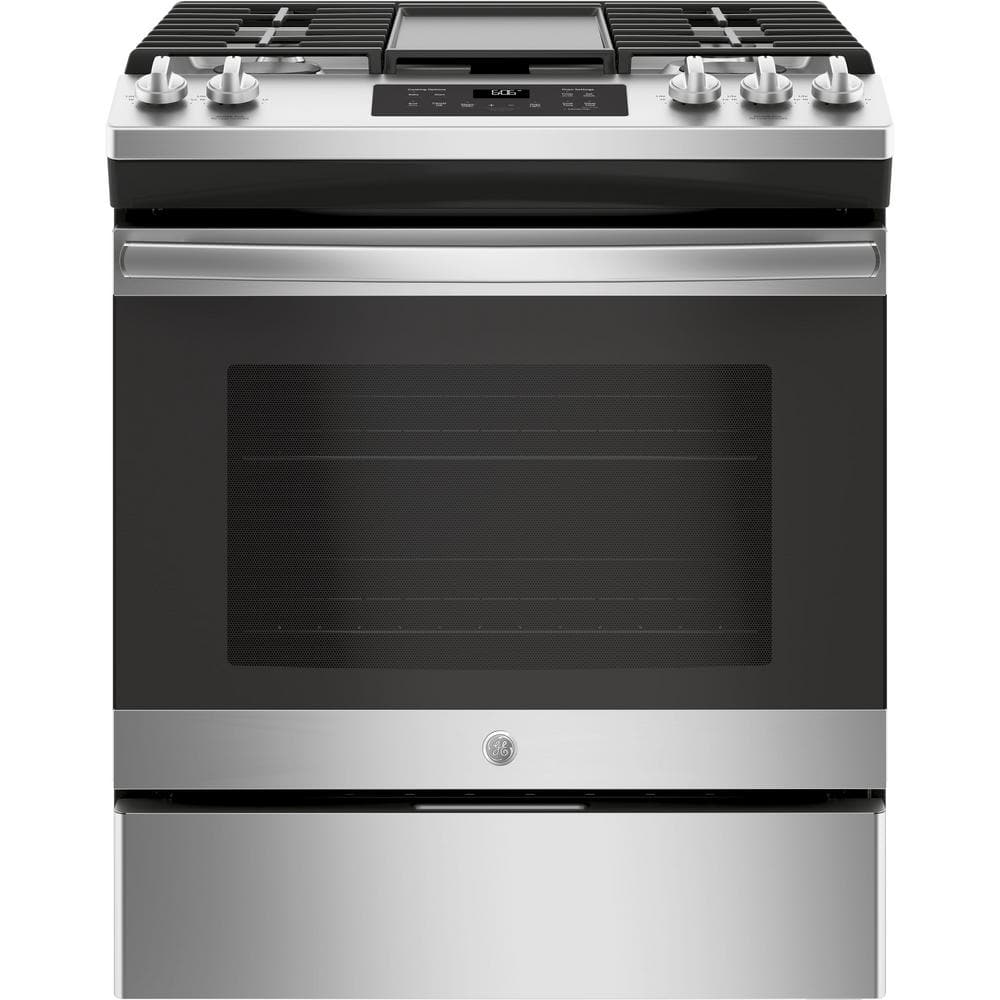
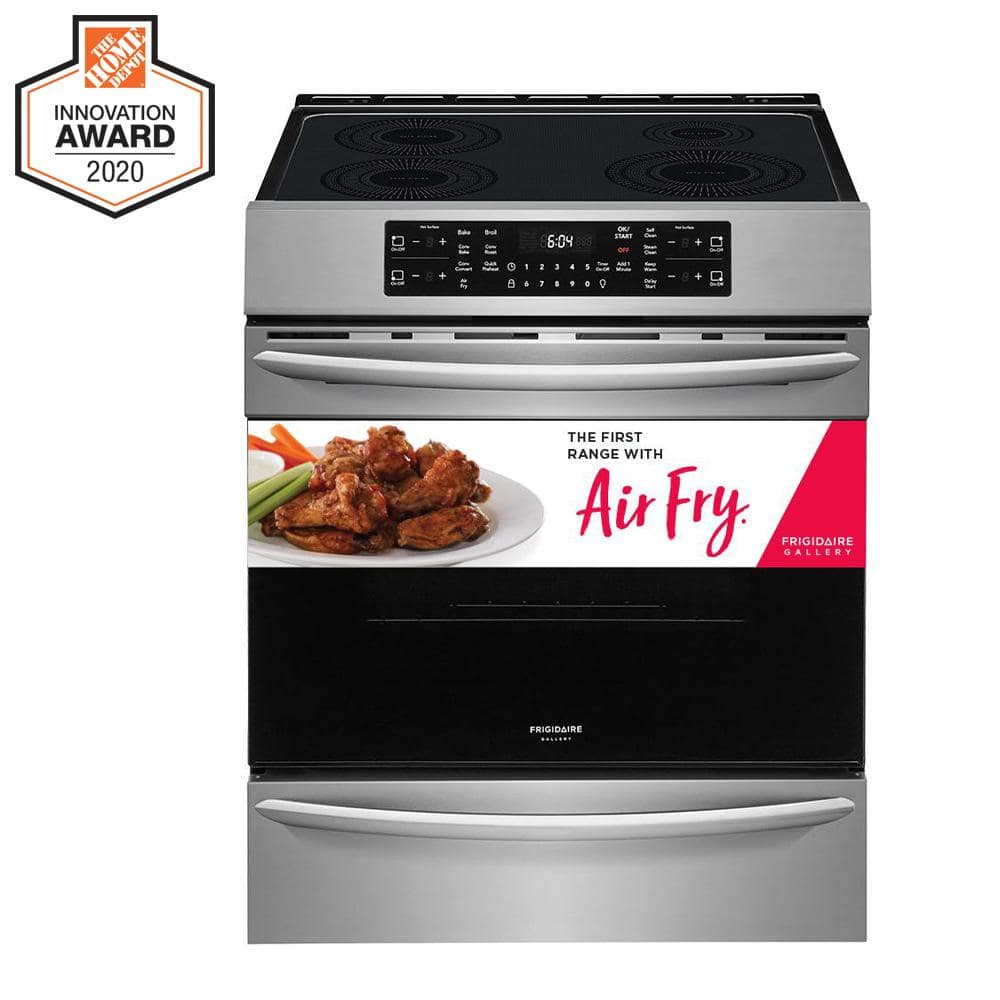
by Rachel
We recently purchased this range to replace a 3 year old unit that plagued us with breakdowns, poor temperature control, and mysterious operating quirks. Wish we didn’t wait 3 years. This unit is intuitive, has incredibly uniform oven temperature control, and has the solid feel one likes in an appliance. Terrific range!!!
by Margo
Really enjoying my range! My only complaint is that you can not turn on the oven light without opening the door.
by Deb
We are enjoying are new range, it is beautiful. Everything works as expected. We love everything. No issues.
by Joe
You almost do not need the manual in order to know how to operate the machine. The symbols on the front tell you a lot and the layout is excellent. This oven actually looks pretty “cool” too, not at all old fashioned.
by Debbie
I have been using this range for 3 months. I wanted to wait until I had used the self cleaning function before leaving a review. I love the overall function of the range. The stovetop is spacious and provides plenty of heat for all types of cooking. I like the safety feature in that the display screen stays lit if the range top or oven are in use or still hot. The center grill works fine for me. I use it for cooking pancakes and other breakfast items. I bake a lot of breads so I have used the proof setting with good results. I do most of my baking in convection mode and am very happy with the results of breads, cakes, vegetables, roasts, etc. This range has both steam and regular self cleaning. My previous had steam cleaning only and I hated it! I cleaned the range yesterday for the first time. There is some residue on the glass but the oven itself is spotless. Just a light wiping removed any ash left behind. You cannot use the range top while the self clean is running. It’s great that you can leave the racks inside during cleaning and even can put the range top grates in also, but I did not try that this time. My only problem was that the day was cold and rainy and the windows were closed. There was a strong odor and although you could not see any smoke, it was irritating to the eyes and throat. Hoping it was because it was the first run, time will tell. All in all I am very pleased with my purchase. I am giving 4 stars because I am annoyed by the labeling on the inside of the range door which was sloppily applied.
by Murder
I would but it again, and encourage others to do so. After years of professional cooking and equipment, this is incredible at-home equipment.
by Paul
Amazing temperature control responsiveness on the stove.
by Frank
This range is everything I hoped it would be. Excellent features, easy to use and has met all my expectations.
by Nonna
Lots of great baking/roasting options!! Wished the air fryer option worked without connecting to the WiFi.